A boolean equation follows simple calculations rules, known as the Boolean Algebra.
With those rules, you can simplify any boolean equation with hard work:
Associativity of ∨ : x ∨ ( y ∨ z ) = ( x ∨ y ) ∨ z
Associativity of ∧ : x ∧ ( y ∧ z ) = ( x ∧ y ) ∧ z
Commutativity of ∨ : x ∨ y = y ∨ x
Commutativity of ∧ : x ∧ y = y ∧ x
Distributivity of ∧ over ∨ : x ∧ ( y ∨ z ) = ( x ∧ y ) ∨ ( x ∧ z )
Identity for ∨ : x ∨ 0 = x
Identity for ∧ : x ∧ 1 = x
Annihilator for ∧ : x ∧ 0 = 0
The following laws hold in Boolean Algebra, but not in ordinary algebra:
Annihilator for ∨ : x ∨ 1 = 1
Idempotence of ∨ : x ∨ x = x
Idempotence of ∧ : x ∧ x = x
Absorption 1: x ∧ ( x ∨ y ) = x
Absorption 2: x ∨ ( x ∧ y ) = x
Distributivity of ∨ over ∧ : x ∨ ( y ∧ z ) = ( x ∨ y ) ∧ ( x ∨ z )
Complementation 1 : x ∧ ¬x = 0
Complementation 2 : x ∨ ¬x = 1
Double negation : ¬(¬x) = x
De Morgan 1 : ¬x ∧ ¬y = ¬(x ∨ y)
De Morgan 2 : ¬x ∨ ¬y = ¬(x ∧ y)
Note that
∨ represents OR (||)∧ represents AND (&&)¬ represents NOT (!)= represents EQUALS (==)
But with more complexity of your equation, this done by hand is almost impossible. The first step to the completion is the truth table.
It should look something like this:
You can create truth tables also online, for example with this tool.
From the truth table, you can create a KV-Map.
Those can look like this:

There also online tools to create KV-Maps (I recommend this one)).
How to fill in those maps according to your truth table is not the topic here.
How to get boolean equations from the KV-Map is also not the topic, but the recommended tool is calculating it for you: 
In conclusion for the problem: if you want to optimize your boolean equations, create a truth table with your equation: 
Fill in a KV-Map:

and replace your equation with the calculated shortest way possible:

Supplement: the equation calculated with the KV-Map is the shortest way possible. There are still some transformations you can do with the boolean algebra, but that will not make these equations look easier.





